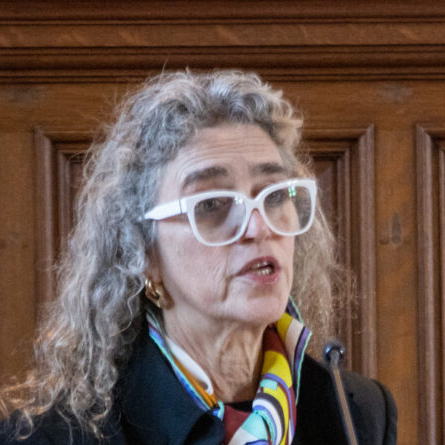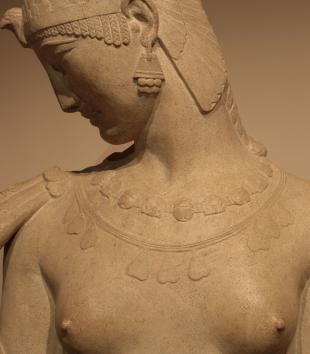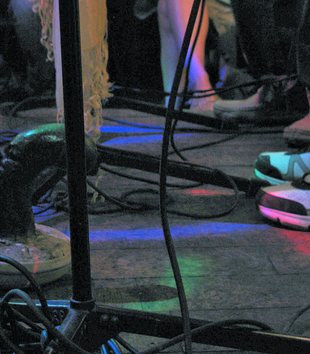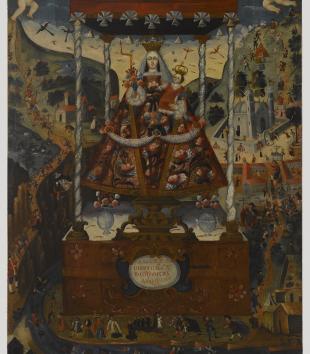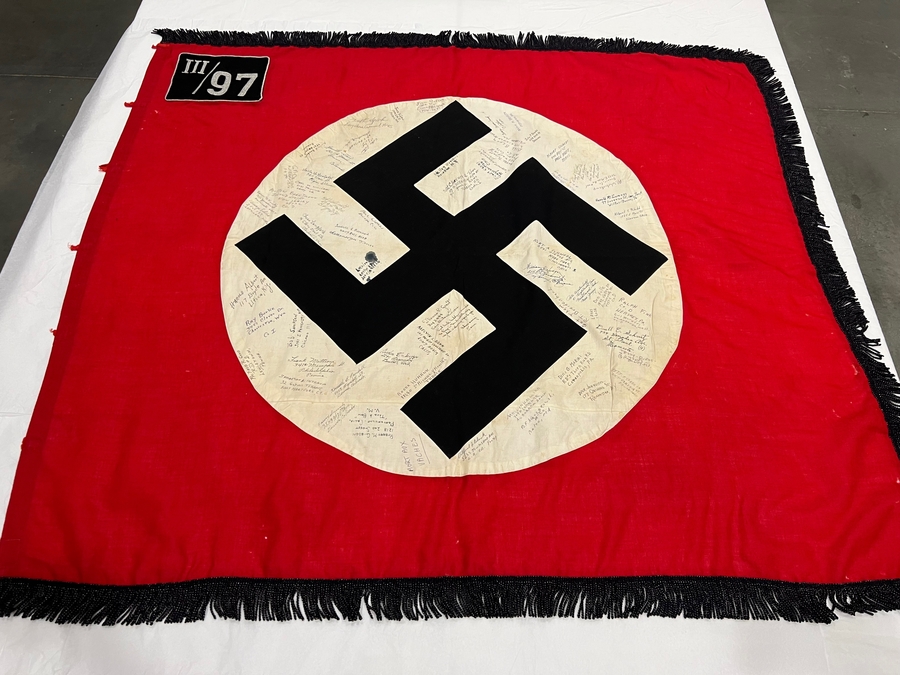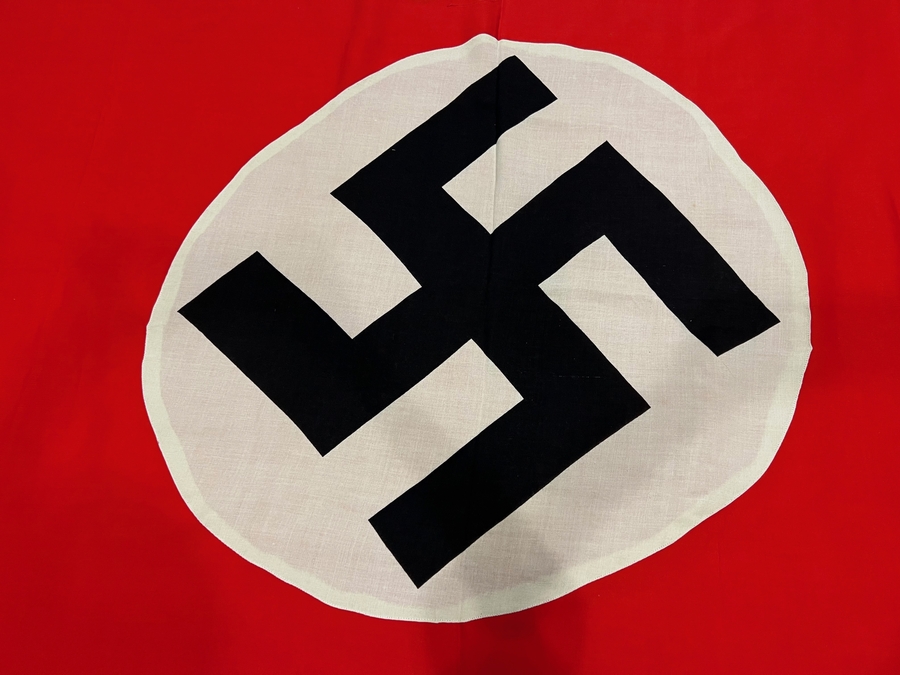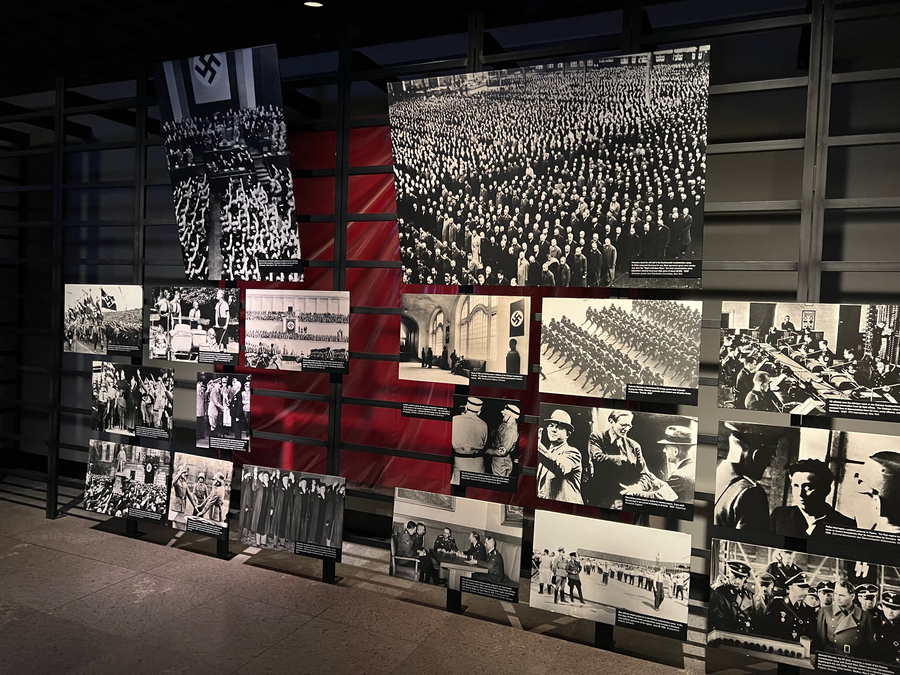In her book, Exhibiting Atrocity: Memorial Museums and the Politics of Past Violence, Amy Sodaro describes how the Al Qaeda operatives who hijacked the planes on September 11, 2001, are framed in the narrative at the 9/11 Museum in New York City. Sodaro observes many ways in which the presence of the perpetrators is intentionally minimized. For example, small photos of these men are displayed at knee-level in the exhibit space as a way to symbolically ensure that their status is lower than that of survivors, victims, and other people who were affected by the attacks. The same section of the exhibit also displays a reproduction of “The Last Night,” an infamous letter that was written by one of the perpetrators on the day before the attacks. Though the letter might be of interest to visitors who want to understand the motivation behind the attacks, only one line of this document has been translated from Arabic into English. Such decisions, Sodaro argues, “[point] to an underlying fear that representing perpetrators or explaining their actions might lead to understanding or condoning them.” However, the author contends that the designers’ effort to deny the perpetrators much space or voice in the exhibit also limits visitors’ ability to understand “the deeper causes of the rise of global terrorism.” Sodaro’s analysis raises important questions about what is at stake in whether or how the perpetrators of violence are framed at museums and other sites that seek to promote remembrance of and education about mass atrocities. Is there space for perpetrator materials at sites that seek to preserve the sacred memory of survivors and victims? Does the profane or unsettling nature of such materials threaten the perceived sanctity of the space, or might there be value in including them?
Such questions have also surfaced in my work as the Director of the Cohen Institute for Holocaust and Genocide Studies at Keene State College. The Institute, which was founded in 1983 as one of the oldest Holocaust resource centers in the United States, started off as a collection of books and other materials that were brought together by its founder, Dr. Charles Hildebrandt, to support the mission “to remember . . . and to teach.” Today, the Institute offers dozens of public-facing programs and events each year, as well as international study opportunities and resources and support for educators who teach Holocaust and Genocide Studies. One of the responsibilities tied to my role as Director of the Institute is working with the College Archivist to oversee the management and development of the Holocaust and Genocide Studies collection of the Mason Library on campus.
The Holocaust and Genocide Studies collection contains hundreds of original artifacts, documents, passports, and other materials, all of which constitute a “teaching collection.” This means that, although materials are stored within a temperature-controlled room and treated gently when they are brought out for use, they are meant to be handled and studied by students and community members. Although these items will inevitably deteriorate over time due to contact with human hands and light, they also serve an important role in giving people a tangible point of connection to the past.
The first time I visited the Archives, I was drawn in by a set of pen pal letters written to and from a young girl in the United States and another in Germany. The six letters dated from February 1933 through January 1934. Half a world away from each another, these two correspondents described the mundane realities of their everyday lives as well as the changing conditions in their countries over time. Each time I have visited the Archives since then, I have found new items of interest: passports written in different languages that can be deciphered using Google Translate, photos of a bombed-out Nuremburg, post-Holocaust photos and identification cards from Eva Gordon—who grew up under the Nazi regime as a mischling (a child with “half Jewish” blood)—and more. These are just a handful of the many items nestled in the heart of the library. Parts of the collection have also been digitized to make them accessible to wider audiences.
Although it is not an official policy, the Institute and the Archives maintain a passive acquisitions approach. This means that staff members do not actively seek out or purchase materials for the collection. Rather, most items come to us through donors who are looking for a place to house their things. Since stepping into my job with the Institute in 2022, I have spent a significant amount of time traveling across New Hampshire alongside our College Archivist to meet with these prospective donors and help them decide if our special collection is the right option for them.
Given how many Holocaust museums and centers there are in our world today, one might wonder: what motivates these families or individuals to reach out to our Institute, which is located in a quiet city in southwestern New Hampshire? The first factor that often comes into play is proximity. Many of those who give materials to this collection are local to New England. Some have a personal connection to the Institute, its staff, or the College, and they want to either support our mission or know that they are entrusting their items to people who are part of their own network. Others have told me that they want their items close by, and they appreciate the convenience of being able to come in and see the materials without having to travel. This is especially the case when people are donating treasured family artifacts.
The more I have spoken with donors over time, the more attuned I have become to the affective relationships that they maintain with these “things.” One woman told me that she had previously considered donating her grandparents’ photo collections to a museum in Florida but, when she visited the museum, its storage facilities felt too much like a cold, “sterile” warehouse. She is one of many individuals who have expressed a desire for their items to be cared for lovingly and kept alive through engagement with or the companionship of a community. We are always careful to explain the nature of our teaching collection during meetings like these so that donors understand that their objects will be used in classrooms and available for workshops, events, and research. Most donors are attracted to our collection because this approach a good fit with what they want for their items.
But that is not always what motivates a donation. We also have had families and individuals approach us with items that they simply do not know what to do with—things, such as perpetrator paraphernalia, that they do not want in their possession but that others do not necessarily seem to want either. In some cases, they have reached out to other museums or institutions and have been turned away. Many Holocaust museums went through an initial wave of acquiring materials for exhibits or collections in the early 1990s but have become more selective in what they accept over time. For example, the U.S. Holocaust Memorial Museum’s website states: “Due to the large number of Nazi flags and banners regularly offered to the Museum, we can only accept flags and banners of a specific size that accommodate our current exhibit needs.”
Thus, the Institute also receives inquiries from local residents who are looking to rid themselves of Nazi-related artifacts—flags, propaganda, and more. Oftentimes these items were unearthed while a family was cleaning out the attic of a recently-deceased loved one. Suddenly confronted with a symbol of a hateful ideology that has been packed away for years, they do not know what to do with it. Conversations with these prospective donors raise radically different emotions than conversations with those who treasure the items they are looking to donate. While materials such as photos of victims or survivors, yellow stars, or other items might evoke loving tenderness, grief, or joy, the donation of perpetrator materials more often carries emotions of discomfort, shame, or anger.
The remainder of this essay highlights specific examples and stories of perpetrator materials in archival or museum collections. The first three images that I share foreground the complicated emotions that such items have evoked for the donors and students who I have encountered through my work at the Cohen Institute for Holocaust and Genocide Studies. The remaining five images turn to consider some of the materials that are housed in the United States Holocaust Memorial Museum’s collection. Ultimately, these cases, when taken together, raise two important questions: What emotions and reactions do these artifacts evoke for donors, students, and others? And what, if anything, might these objects teach us about the realities of war and genocide?





